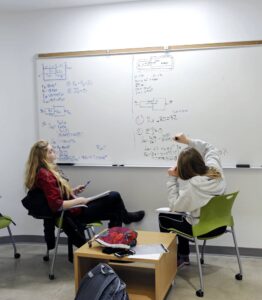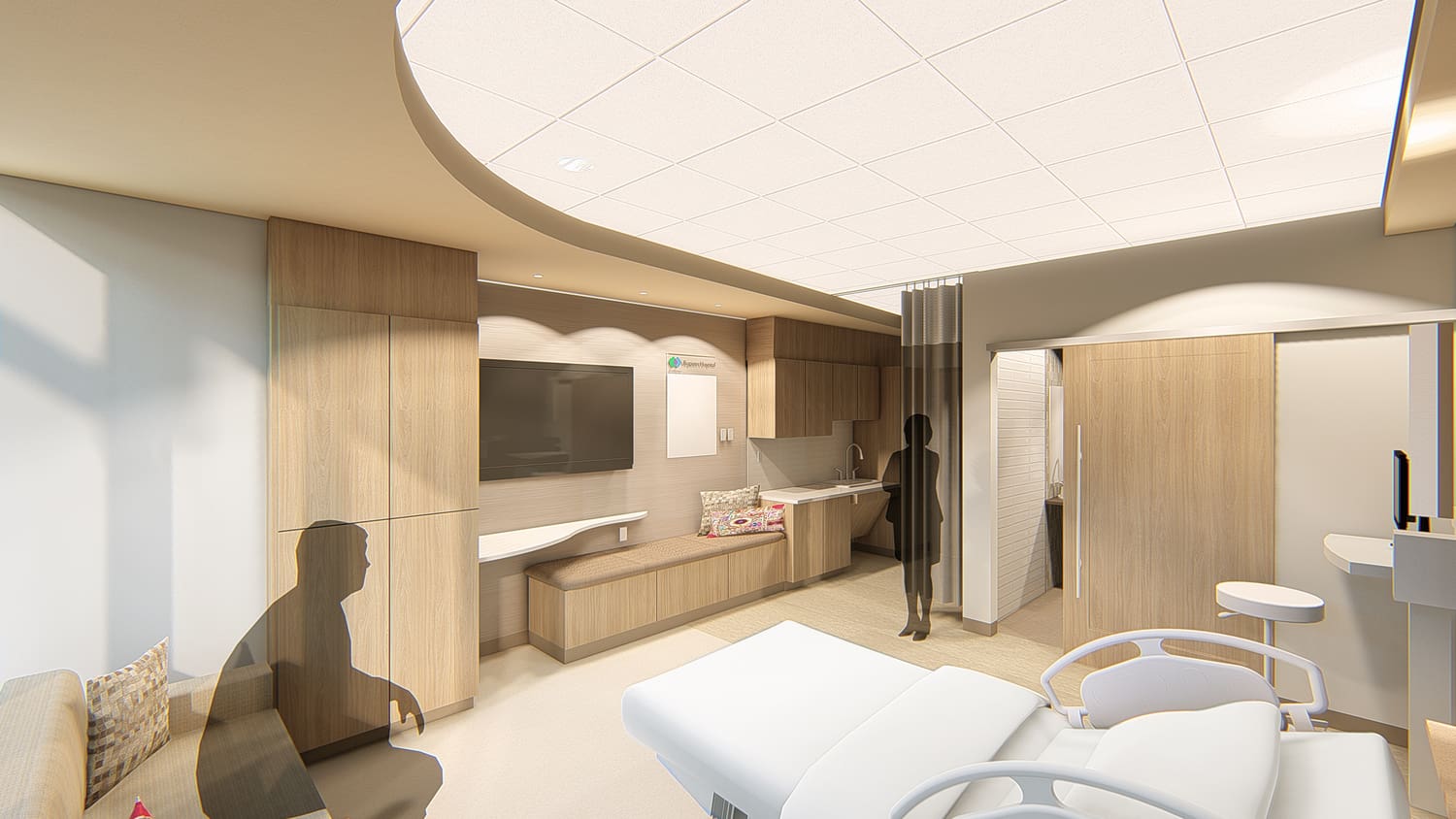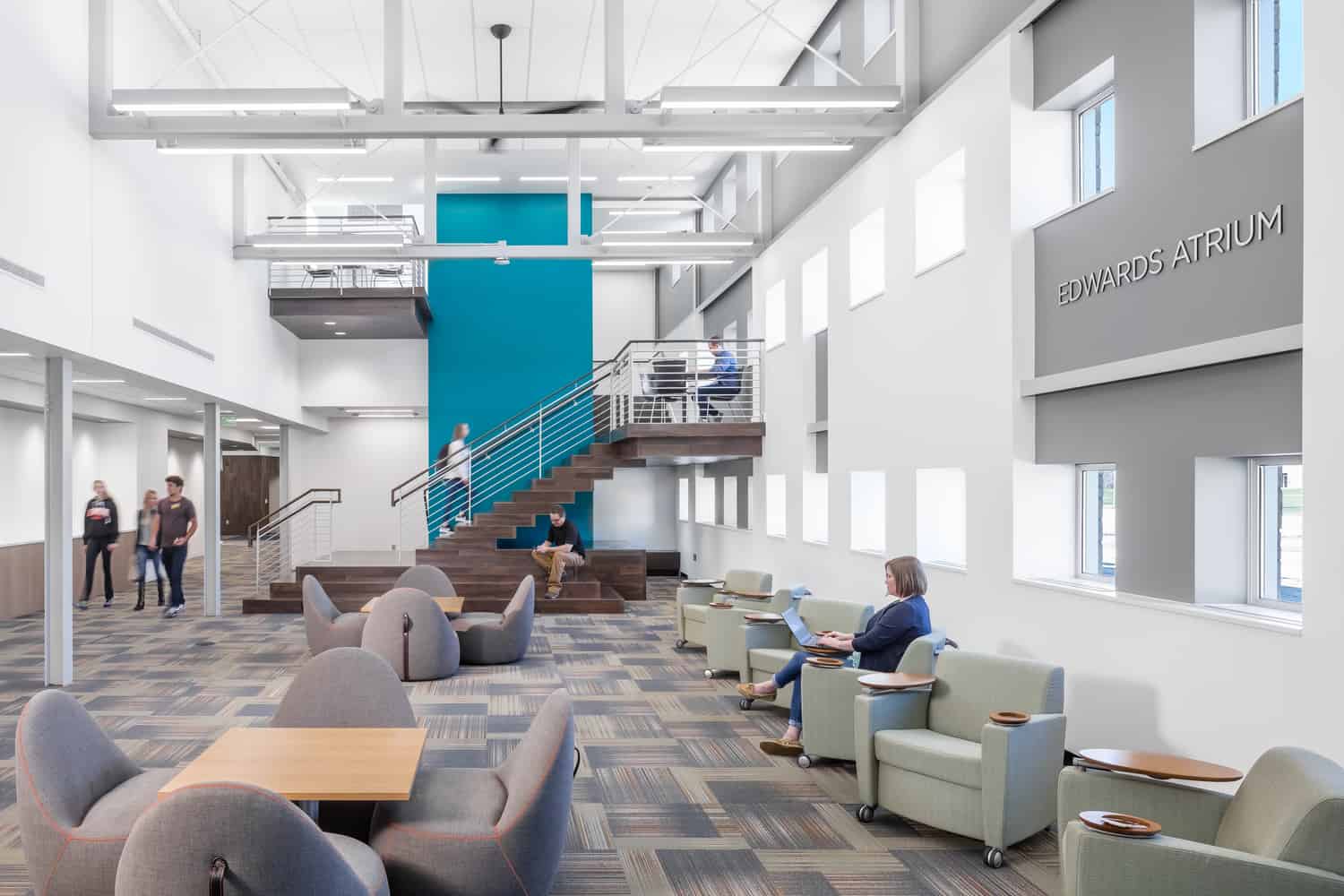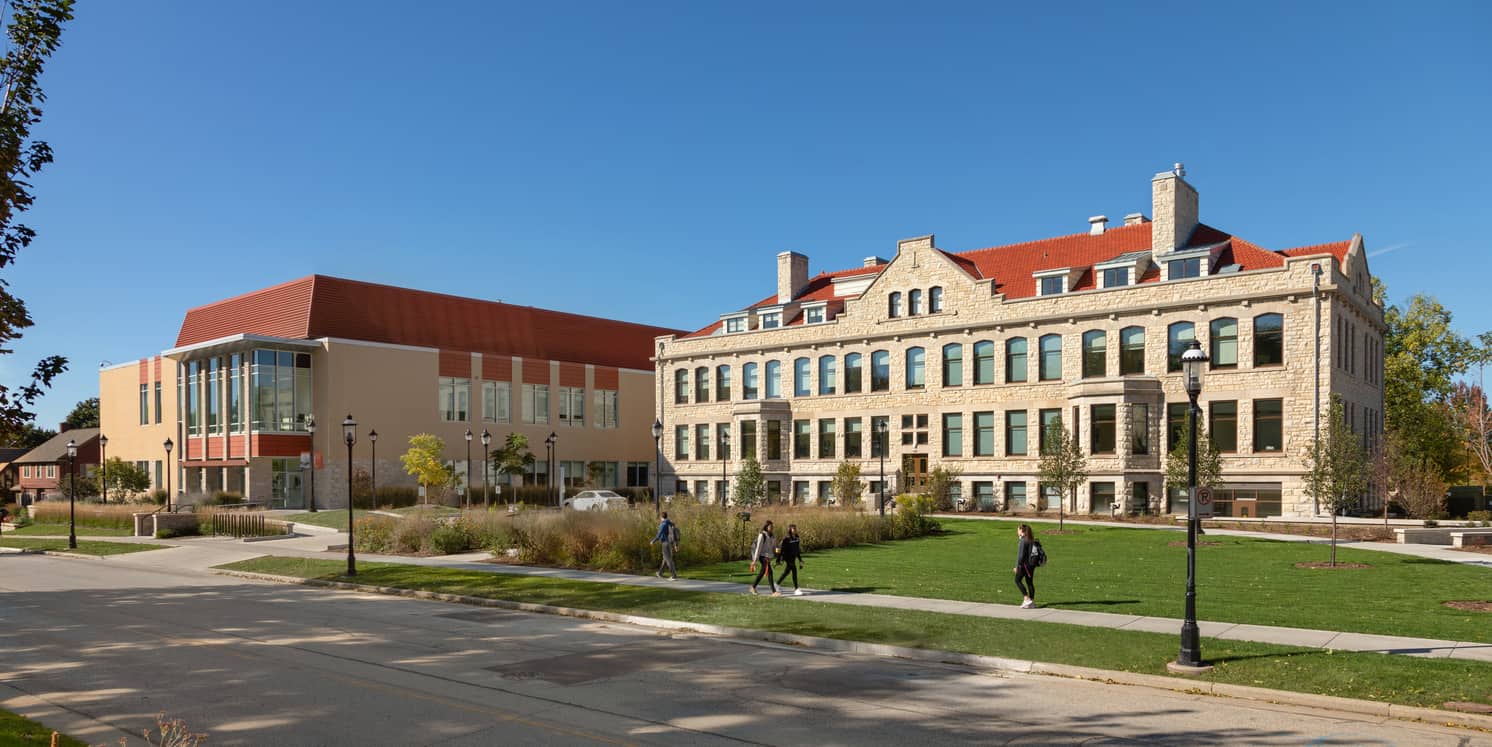Design is changing because our clients’ needs are changing. Driving forces are rapidly evolving, and as designers, we must have a keen understanding and ability to interpret those forces for design implications.
Research is becoming more important in practice because it allows information to be gathered about successes and failures in design – and both are equally important. By sharing this information with our clients, we work together to inform design decisions and determine how design can positively influence their organization as well as occupants of the built environment. The collective effort builds value in the research because of the need to advance knowledge in design.
Design’s ability to impact occupant behaviors, worker performance, and organizational outcomes is what makes design research intriguing. Researchers in a design practice serve to translate a seemingly complex world of research, normally reserved for the scientific community, into the design process. When starting a project, many questions must be asked. How will we know if the proposed solution will be effective? What metrics will be used to measure success? Which methodologies will help us collect data to inform the design and study the impact once the project is occupied?
Realities of Research
Availability of research does not mean that a solution will be obvious – the solution will always be a balance of client’s needs, project context, professional expertise, and collective knowledge. Research can be used to better predict outcomes, not guarantee outcomes. It is important to note that research studies alone are not the only contributing factor to a proposed design solution. Design solutions are more valuable with a comprehensive approach to data, behaviors, design strategies, organizational strategies, consideration of external influences, and delivering desired outcomes.
Many feared in the early days of design research that it would lead to cookie-cutter design. The opposite is now known to be true – research informed design is smarter design and leads to more innovation during the design process. Research also provides us and our clients a framework for studying the impact of the built environment on an organization’s top asset: its people.
Value of Research
BWBR’s research takes on several forms because our world of knowledge is never static – it’s highly dynamic and moves across our organization, in and through project teams and workflows. Using insights, experience, and effective use of knowledge we intentionally unite information across all market types to solve complex issues.
Both small and large projects have opportunities to take a deep dive into a specific topic (e.g., Are spaces being used for their intended purpose?) or to examine broader topics across several departments (e.g., workplace satisfaction). Pre- and post-occupancy studies offer an opportunity to study key metrics that contribute to the overall success of a project. In addition to conducting project-specific studies, BWBR has also partnered with university graduate students, faculty, and institutions to produce deeper dives into design topics relevant to our clients’ performance. Several studies directly involve our client partners, which create fascinating partnerships committed to finding value for all involved.

Findings from data analysis offer important insights that may have remained unknown to owners and design teams. For example, in one university’s science building, a post-occupancy study revealed that students prefer tables and chairs in lieu of lounge furniture. Overall, students and faculty reviewed the new facility as highly favorable, but the furniture placement was not quite right.
Through survey responses that were validated with behavioral observations, it was clear that students prefer furniture that better supports studying activities – including space for laptop, book, writing material, beverage, cell phone, etc. Lounge spaces without table surfaces do not easily, nor appropriately, accommodate this need. In response to the furniture selected, students were observed moving tables out of classrooms and into the informal study spaces.
The informal space mattered enough for students to want to be there, but they felt the need to physically adjust the furniture in that space to accommodate the activities they wanted to perform. Lesson learned: furniture selection matters and it is important to engage with students to learn about desired uses in a space and of furniture. Shortly following this finding, the university’s facilities changed around several furniture groupings to provide a better balance of furniture styles.
At BWBR we strive for continual improvement and innovation in our process and solutions to better serve our clients. This commitment to continual improvement creates a more engaged practice and inspires our team and our clients to exceed expectations. Creating a design culture based in research offers a more critical approach to design, informing the design process, measuring the success of those designs after implementation, and sharing the findings beyond our internal teams in pursuit of better design for all.
Stefnee Trzpuc, CID, EDAC, LEED AP, is a principal at BWBR who champions the firm’s research efforts. If interested in learning more about research in practice at BWBR or for inquiries on topics and collaborations, please contact Stefnee at strzpuc@bwbr.com.







